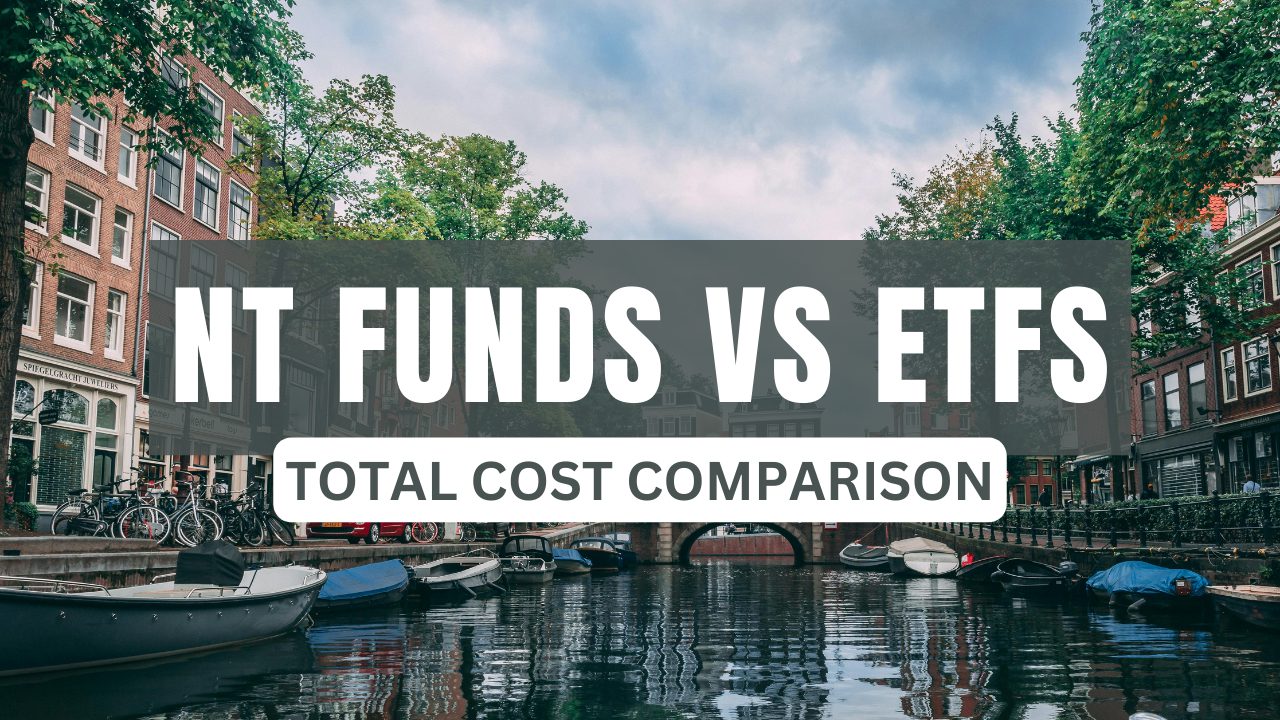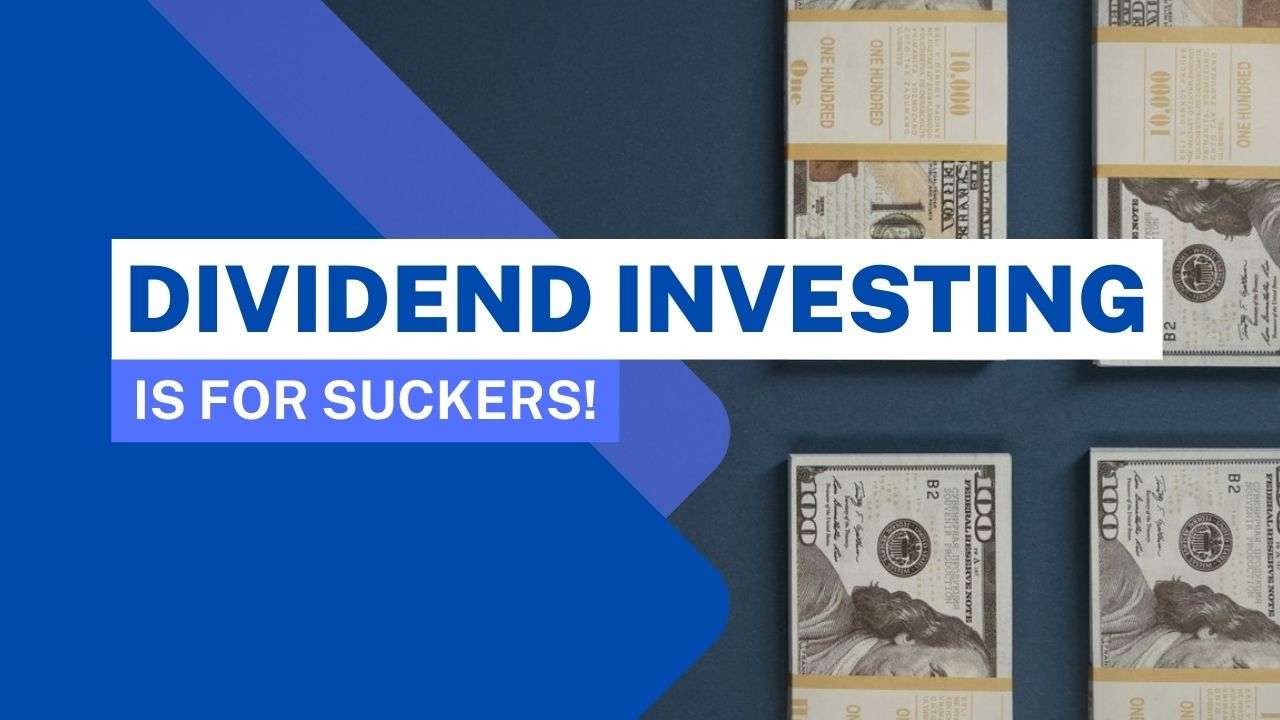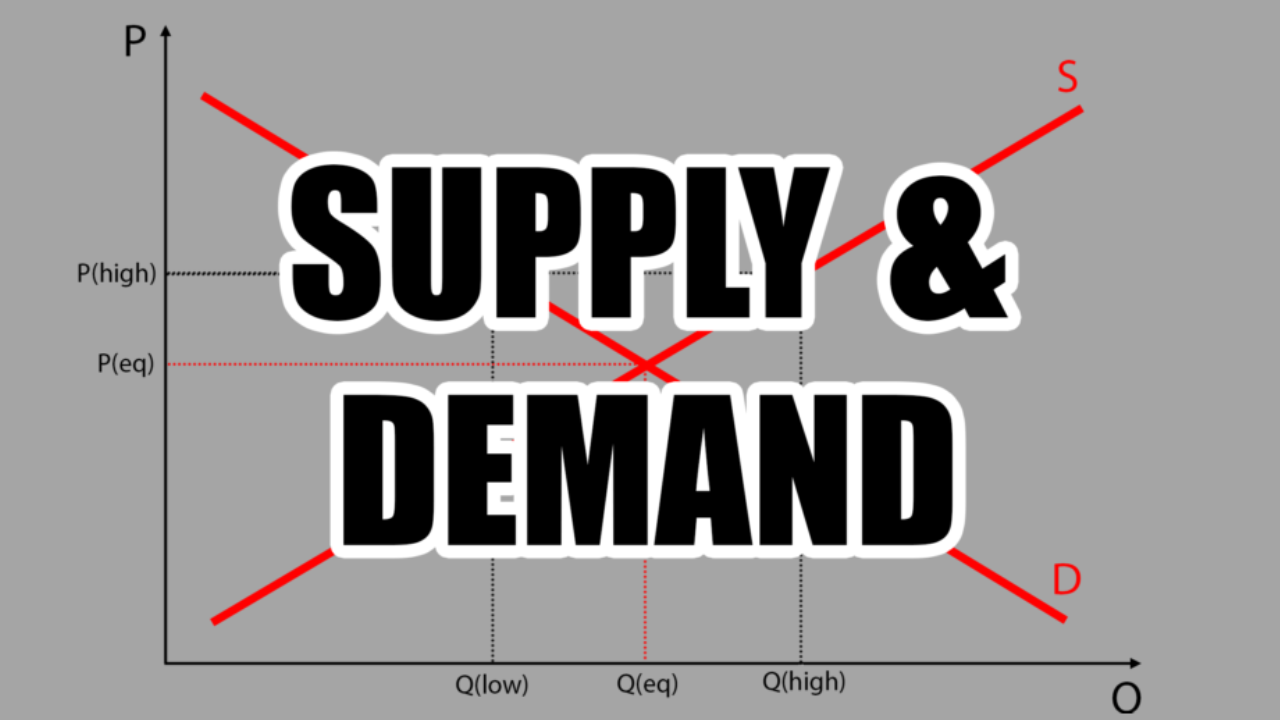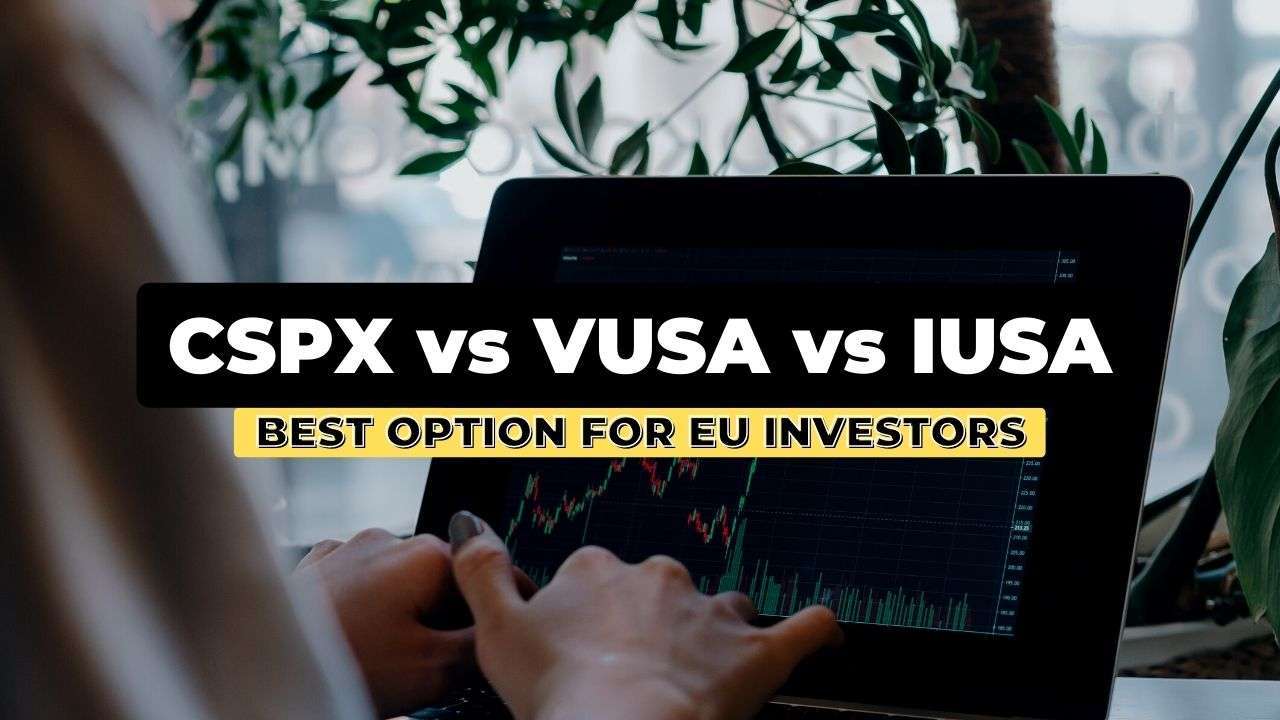
Index Investing represents an investment strategy which aims to track the performance of a market index.
Not “picking winning stocks”, not “timing the market”, not “beating the market”.
This strategy is synonymous with matching the market – at least the one you choose to match.
Index Funds
An index fund is a special type of an investment fund that aims to track the performance of an index.
Unlike the actively managed funds, which try to outperform an index, the passively managed funds are usually tracking one. That means that their performance will always be in line with the index’s performance. This is achieved by buying the securities from the particular index.
For example, if an index fund tracks the S&P 500, it would ideally have holdings in all companies from the index and in the same proportion.
Tracking Error
The tracking may not be perfect, so there may be some (small) differences in the performance of an index fund and the index itself.
This is called a tracking error.
The reasons for this difference are various and include:
- Using a representative sample of the index’s components instead of all the securities
- Using a slightly different weighing than the index itself
- The fund’s expense ratio (i.e. higher fees being deducted from the portfolio)
Difference from Stocks and ETFs
A fund’s price is determined once per day, after the market closes.
This is called Net Asset Value (NAV) and is calculated by the last quoted daily price of all the fund’s holdings minus the fund’s expenses, divided by the number of outstanding shares.
Also, index funds execute orders once per day. This is unlike stocks and ETFs which can be traded via brokers during trading hours.
So investors can’t day-trade using funds. Some people consider this a disadvantage and some consider it an advantage.
I consider it neither.
This is how investment funds work and the investor’s decisions should originate from his strategy, not from operational restrictions.
“Passive Investing”
The Index Investing approach is sometimes referred to as “passive investing”.
It means that it’s more suitable for buy-and-forget type of investors. In other words, there’s no active portfolio management, frequent buying or selling, rebalancing, or picking stocks.
So whenever you hear someone talking about “passive” or “lazy” portfolios, investing “in the market” or “in stocks” (without mentioning specifics), they most probably refer to tracking a common market index. Most probably the S&P 500 or MSCI World, for a more global diversification.
At this point, it’s worth mentioning that history shows that passive investing overperforms most active traders in the long run.
So given the limited amount of money, knowledge, and time most posses, matching an index would be the best strategy.
Your only input is upfront – to determine which indices you’d prefer to track.
Conclusion & Summary
Index funds are a great investment vehicle for passive investors looking for a straight-forward way of maintaining their long-term portfolio.
They also have lower costs than actively managed funds, as the portfolio management is simpler and they trade less frequently.
This makes index funds a good option for buy-and-forget investors.
Another way to get exposure to index investing is through ETFs (Exchange Traded Funds).
For a comprehensive, beginner-friendly, and free resource on stock market investing, visit:
How to Start Investing: A Complete Beginner Series
 Husband & Father
Husband & Father  Software Engineer
Software Engineer 















